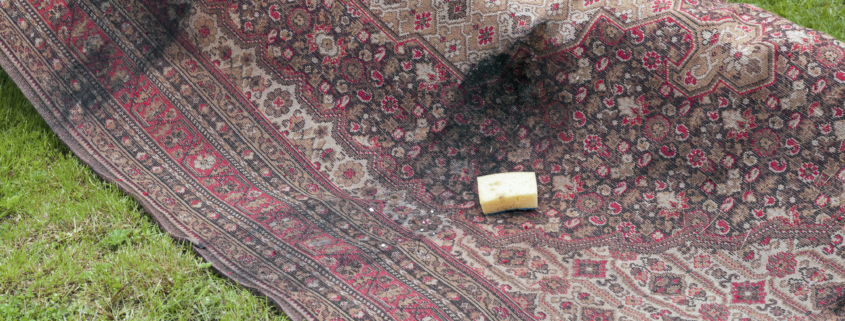How to Remove Stains from Oriental Rugs in Sarasota
Oriental rugs are more than just floor coverings; they are intricate works of art that can elevate the aesthetic of any space. Whether you’re in a sunlit Sarasota home or a beachside bungalow, these rugs bring warmth, elegance, and style. However, like any fine piece of décor, Oriental rugs are susceptible to stains, spills, and dirt. Knowing how to properly care for and remove stains from these delicate rugs can ensure they remain in pristine condition for years.
In this guide, we’ll explore how to effectively remove stains from Oriental rugs, with a special focus on dealing with Sarasota-specific concerns like humidity and sandy residues.
Understanding Oriental Rugs and Their Delicate Nature
Before diving into stain removal techniques, it’s essential to understand the delicate nature of Oriental rugs. Made from materials such as silk, wool, or cotton, these rugs are handwoven with care and precision. Their fibers are highly sensitive to harsh chemicals, excessive moisture, and abrasive scrubbing, making it crucial to choose the right methods for cleaning.
Common Stains and Sarasota-Specific Challenges
In Sarasota, Oriental rugs may be subject to a unique set of challenges, such as:
Sandy Residue:
Due to the proximity to beaches, sand can easily find its way onto your rug, particularly in homes near Siesta Key or Longboat Key.
Humidity-Related Mold and Mildew:
Sarasota’s high humidity can foster mold growth if moisture is trapped in the rug’s fibers.
Beverage and Food Spills:
From tropical juices to seafood, Sarasota’s vibrant dining culture can inadvertently lead to spills on your treasured rugs.
Pet Stains:
With Sarasota being a pet-friendly city, pets lounging on Oriental rugs can sometimes cause accidents.
Step-by-Step Stain Removal Process
Here’s a practical guide to cleaning stains from your Oriental rugs, while also taking into account Sarasota’s climate and lifestyle:
1. Act Quickly
The sooner you address a stain, the easier it will be to remove. For food or drink spills, blot the area immediately with a clean, dry cloth. Avoid rubbing as it may spread the stain deeper into the fibers.
2. Blot with Cold Water
For most spills, use cold water to gently blot the stain. Use a clean, white cloth to avoid color transfer, and press down on the stained area, drawing the liquid out. Do not soak the rug with water, as excess moisture can lead to mold or mildew growth, especially in Sarasota’s humid environment.
3. Use a Mild Detergent
If water alone doesn’t work, mix a small amount of mild detergent (preferably one made for wool or silk) with cold water. Apply a small amount of this mixture to the stain using a cloth, and gently blot the area again. Avoid using too much soap as it can be difficult to remove from the fibers.
4. Rinse and Dry Properly
After treating the stain with soap, rinse the area with a cloth dampened in plain cold water. Make sure to remove any detergent residue, as it can attract dirt. Sarasota’s sunny climate makes air-drying a breeze, but be sure to dry the rug in a shaded area to prevent color fading from the sun.
5. Addressing Sandy Residue
To prevent the build-up of sand in your rug, regularly vacuum it using a low-suction setting without beater brushes, which can damage the fibers. For stubborn sand embedded deep within the rug, consider a professional cleaning service. Sand is abrasive and can wear down the rug’s delicate fibers over time, so it’s essential to stay on top of this maintenance.
6. Preventing and Treating Mold
Due to Sarasota’s humidity, Oriental rugs can be prone to mold if exposed to moisture. To prevent this, avoid placing rugs in damp areas such as bathrooms or directly on wet floors. If mold appears, spot clean the affected area with a mixture of white vinegar and water, followed by blotting with a dry towel. Be sure to air the rug out in a dry area to prevent future mold growth.







